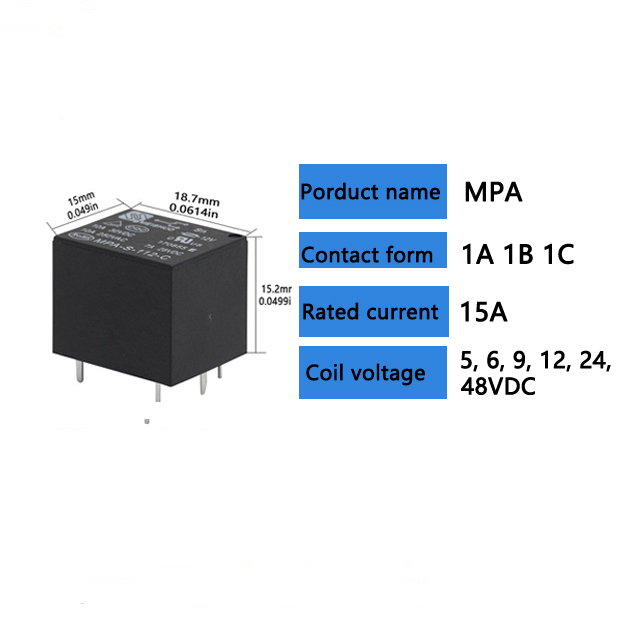relay selection: enhancing wireless communication networks for the future
Release time:2025-06-17 06:18:27
In the evolving landscape of wireless communication, the demand for high-speed data, broad coverage, and reliable connectivity continues to grow. One of the pivotal technologies that addresses these challenges is relay selection. This concept has become essential in multi-hop networks and relay-assisted communication systems, where intermediate nodes, known as relays, help extend the range, enhance the quality of service, and improve data transmission efficiency. Relay selection determines which relay node to use to optimally forward data between source and destination nodes, ensuring better communication performance in scenarios where direct communication might be less efficient.

What is Relay Selection?
Relay selection is the process of choosing the best intermediate relay node to forward data between a source and a destination in wireless networks. Relays are used to bridge the communication gap when the direct link between the source and the destination is weak, unreliable, or too distant. By strategically selecting the relay node with the best performance metrics, such as signal strength, distance, energy efficiency, or load balancing, relay selection enhances the overall system performance, improves coverage, and reduces interference. This technique is widely used in a variety of network types, including LTE, 5G, Wi-Fi, and low-power IoT networks.

